The neon glow of city nights has long held a peculiar allure, a magnetism that draws both poets and physicists into its electric embrace. Neon, that most aloof of noble gases, illuminates our urban landscapes with an indifference that borders on arrogance - it refuses to bond, yet cannot help but dazzle when subjected to the right conditions. This paradox lies at the heart of what we might call neon inertia, that peculiar quality of urban illumination that transforms functional lighting into something approaching alchemy.
Walking through any metropolis after dark reveals neon's dominion over the nocturnal cityscape. The gas exists in nature as approximately 0.0018% of Earth's atmosphere, yet through human ingenuity, we've concentrated its glow into commercial sigils that pulse against black asphalt. These luminous advertisements don't merely sell products - they sell atmosphere, ambiance, an entire nocturnal lifestyle. The way neon tubing outlines a cocktail lounge's entrance promises sophistication before a single drink is ordered; how it snakes around a cinema marquee guarantees entertainment before the previews begin.
The physics behind neon's glow reveals why it became the aristocrat of illuminated signage. When electrified in sealed glass tubes, neon atoms don't so much burn as they reluctantly fluoresce, emitting that characteristic red-orange hue without the wasteful byproducts of incandescence. Other gases produce different colors - argon for pale lavender, helium for gold, xenon for blue - but it's neon's signature crimson that became synonymous with urban vitality. The gas achieves this through quantum leaps of electrons between energy levels, a subatomic ballet that results in photons perfectly tuned to human night vision.
Yet neon lighting carries cultural weight far beyond its physical properties. There's a nostalgia encoded in its glow, a remembrance of mid-20th century optimism when cities proudly displayed their electrified futures. The flicker of a neon diner sign at 2 AM speaks to loneliness and comfort simultaneously; the buzzing halo around a motel vacancy indicator promises transient shelter in an indifferent world. Contemporary LED technology may be more efficient, but it lacks neon's organic imperfections - the slight pulsation as transformers cycle, the way colors deepen when viewed through rain-streaked windows.
Artists from Edward Hopper to Wong Kar-wai have used neon's visual language to explore urban alienation and connection. The gas's light has a peculiar quality of making scenes feel simultaneously intimate and detached - it illuminates without warming, reveals without comforting. This dichotomy explains why neon features so prominently in noir films and cyberpunk aesthetics; it's the perfect lighting for stories about individuals navigating systems too large to comprehend. The neon glow doesn't judge the drunk, the lover, or the criminal - it simply persists, an impartial witness to human drama.
The craftsmanship behind neon signage represents another layer of this urban alchemy. Bending glass tubes into precise letters and shapes requires a blend of artistry and engineering that's becoming increasingly rare. Neon tube benders train for years to master their craft, learning to heat glass evenly while accounting for how different colors require different gas mixtures and tube diameters. Each finished sign contains within it not just inert gas, but human breath - the artisan's exhalations as they blow through a tube to check for leaks before final sealing. This human element gives neon signs their soul, making them more than mere commercial objects.
Environmental concerns and energy efficiency regulations have diminished neon's dominance in recent decades, yet its cultural cachet only grows. Contemporary artists repurpose vintage neon signs as commentary on consumer culture, while high-end establishments commission custom pieces to signal exclusivity. The gas itself remains unchanged - still inert, still glowing only when coerced - but our relationship to its light continues evolving. Perhaps neon's greatest trick is making the artificial feel authentic, the commercial seem personal, and the scientific appear magical.
As cities transition to LED lighting and digital displays, neon's persistence feels increasingly like an act of quiet rebellion. Its glow represents a technological middle ground - more advanced than Edison's filaments, less sterile than semiconductors. Walking past a functioning neon sign in 2024 creates a peculiar temporal dissonance; we're simultaneously reminded of past futures that never arrived and present moments that feel unexpectedly timeless. The gas doesn't care about our nostalgia or progress - it will glow or not glow based entirely on whether current is applied, making it the perfect metaphor for urban existence itself.
Ultimately, neon's nighttime magic stems from its very indifference. The gas illuminates without intention, dazzles without effort, and persists without concern for trends or technologies. In an era of personalized algorithms and targeted advertising, there's something refreshing about lighting that treats all viewers equally - the rich and poor, the lonely and loved, the sober and intoxicated all bathed in the same electric crimson. Neon doesn't judge our midnight decisions; it simply provides enough light to make them by, then fades into daylight's redundancy until night falls again.

By /Aug 8, 2025
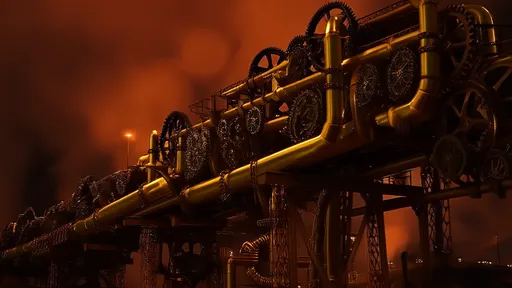
By /Aug 8, 2025

By /Aug 8, 2025
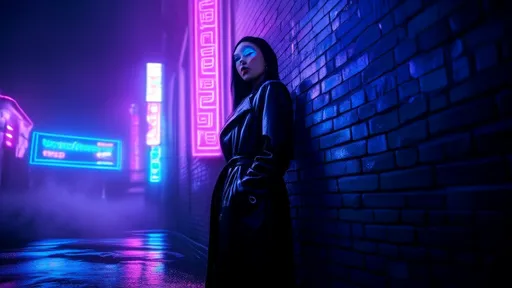
By /Aug 8, 2025

By /Aug 8, 2025
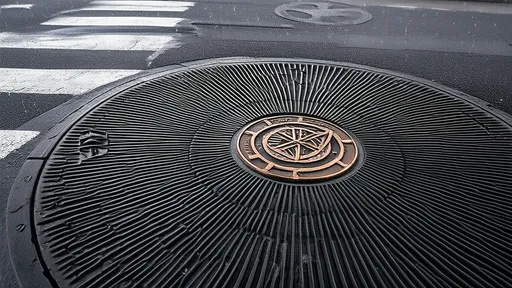
By /Aug 8, 2025

By /Aug 8, 2025

By /Aug 8, 2025

By /Aug 8, 2025

By /Aug 8, 2025
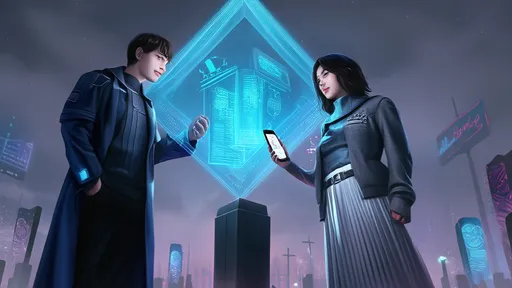
By /Aug 8, 2025
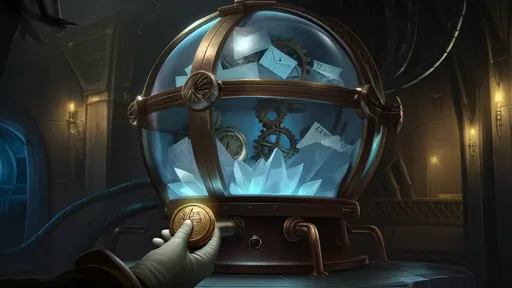
By /Aug 8, 2025

By /Aug 8, 2025
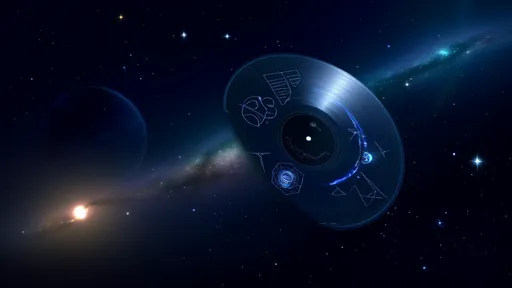
By /Aug 8, 2025

By /Aug 8, 2025

By /Aug 8, 2025
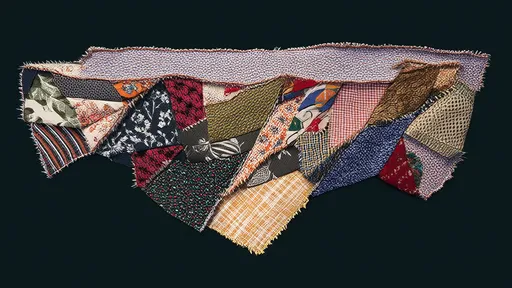
By /Aug 8, 2025

By /Aug 8, 2025

By /Aug 8, 2025

By /Aug 8, 2025